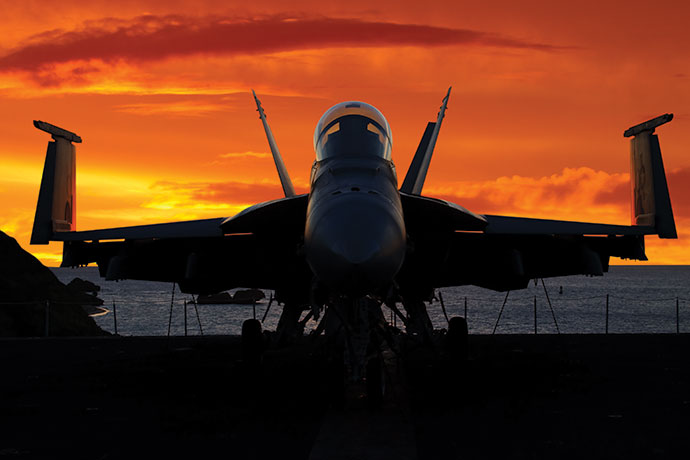A huge backlog of commercial aircraft orders, currently north of 14,000, will put pressure on manufacturers’ supply chains. And competition is increasing on the defense side with China, Russia and Japan behind growth in that sector this year and beyond. These are two of the key takeaways from Deloitte’s 2019 Global Aerospace and Defense Industry Outlook authored by Robin Lineberger, Deloitte Consulting’s Global and U.S. Aerospace & Defense Leader.
To the first point, Lineberger notes that the market for widebody aircraft is softening as demand for narrow-body aircraft, especially the super-fuel-efficient type with increasingly longer ranges, expands. Can suppliers help the OEMs meet production schedules? To do so, writes Lineberger, “manufacturers should consider deepening their focus on strengthening the supply chain, effective program management and the use of advanced technologies to enhance productivity and efficiency.”
New production programs from outside the Boeing-Airbus duopoly are emerging, primarily in Russia and China, notes Lineberger. But they have hurdles to cross, including “procurement of orders from global airlines, managing cost and schedule overruns, certifications from regulators worldwide, and most importantly, establishing a safe and reliable track record — before they are widely accepted.”
Chinese aircraft manufacturer Comac launched its C919 narrow-body aircraft program in 2008. Deliveries are expected to begin in 2021, to China Eastern Airlines initially. Chinese and other leasing groups are also among those ordering the aircraft. Russian manufacturer Irkut Corporation, a division of United Aircraft Corporation, began testing its MS-21 in 2017. This year, it brought the aircraft to airshows in Malaysia, Paris and Moscow.
Time to Be Less Risk-Averse?
Meanwhile, a report from PwC, “Aerospace and Defense Trends 2018-19,” makes the case that large A&D companies need to up their investment in R&D, which has lacked relative to other sectors. Competition from abroad is among the reasons cited in the report, principally authored by PwC US’s Randy Star, principal in charge of the firm’s A&D business, and Larry Jones, principal in the firm’s valuation practice. Some aerospace companies are increasing R&D expenditures, including aerospace giants Raytheon, Northrop Grumman and Lockheed Martin.
“Unorthodox innovation strategies” include new alliances, such as Sierra Nevada Corporation’s work with Brazil’s Embraer Defense & Security to retrofit the A-29 light attack aircraft. Others are seeking an edge on the digital side through mergers, acquisitions and partnerships. The report cites Thales’ acquisition of cybersecurity player Gemalto as an example.
The PwC report concludes: “The A&D sector is clearly at a crossroads. And it is an especially challenging juncture because in recent years the industry has tended to pull in its horns rather than be bold and daring. Companies can choose either road, but only one — the one that requires companies to be less risk-averse — leads to a lucrative future.”

